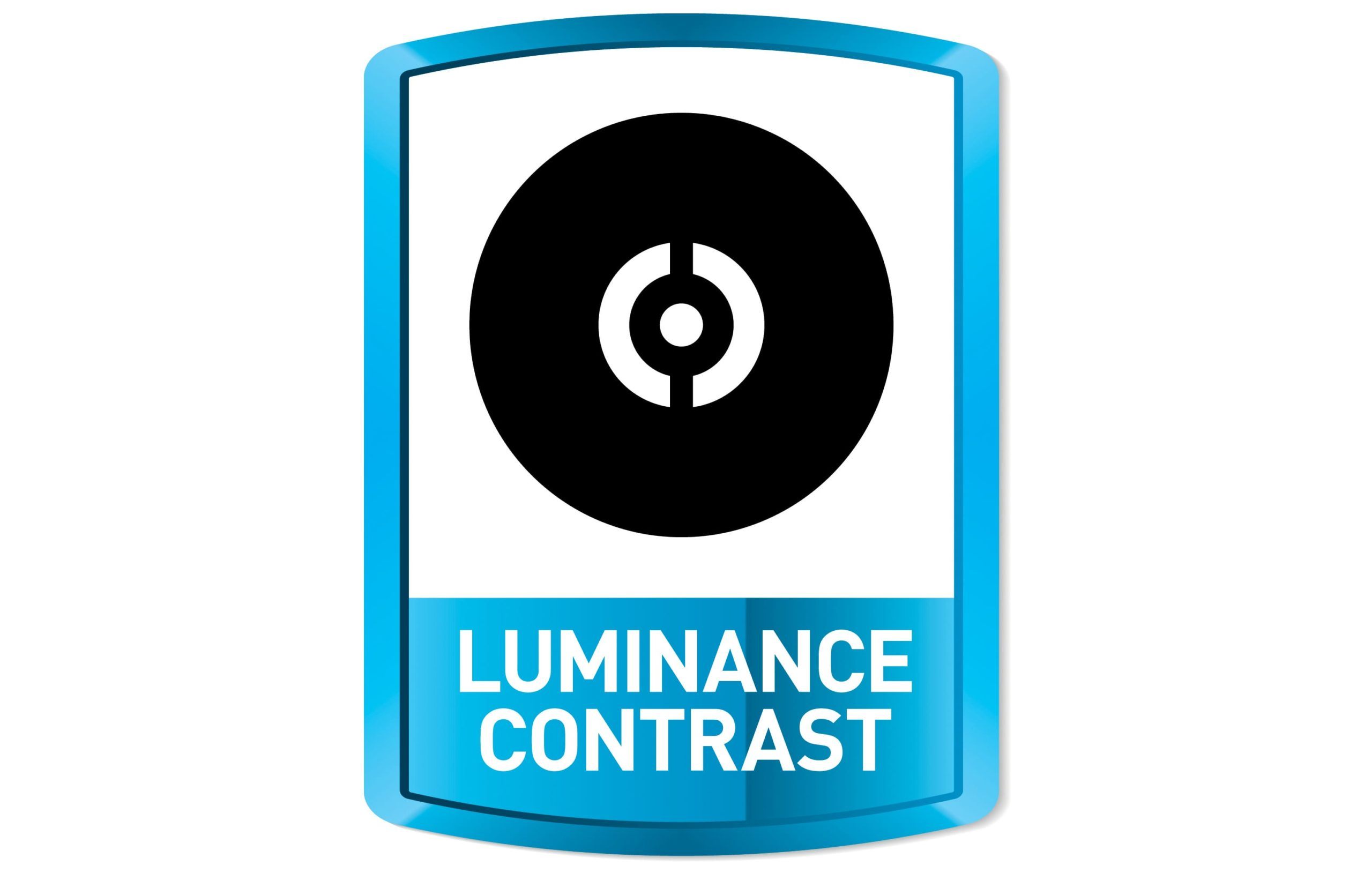Luminance Contrast is a term which has risen to prominence in recent years with the progress of our Accessibility Codes. According to the glossary of terms in AS1428.1-2009 it refers to “The light reflected from one surface or component, compared to the light reflected from another surface or component.” But what does that mean? What the code is trying to do is increase the usability of any facility for those with vision impairment.
The emergence of blue or grey toilet seats; yellow train doors and black pushbuttons is the manufacturer’s way of saying ‘this is the part you use’. Although that may seem very intuitive for those with 20/20 vision, it can be very helpful for those of us with limited vision. To elaborate, a white toilet with a white seat mounted on a white tiled wall with a frameless mirror over a white basin can become a very confusing scene if the finer details cannot be identified.
Importantly a white seat can still be luminance contrast compliant if it is mounted on a different coloured WC, for instance a stainless steel model in a public space.
So how much contrast is enough? Let’s use AS1428.1-2009, Section 15.2.3 as an example. The Australian design for access and mobility code calls for the seat on WC pan to have a contrast factor “…of 30% with the background (e.g., pan, wall or floor against which it is viewed)”. The degree of luminance contrast may be measured on site or in a lab.
Now you are more familiar with why luminance contrast is so important, keep an eye open for fixtures like drinking fountains and soap dispensers with coloured buttons; hand dryers with black panels and outlets; and tap handles with black tips so you can see your Australian Standards at work.
RBA offers a broad range of luminance contrast products and is constantly striving to provide products to the community which increase access to all users.
